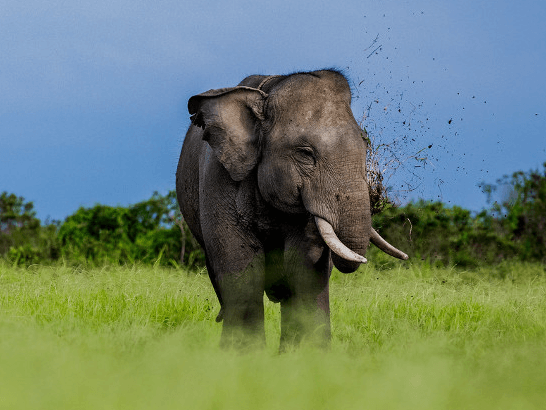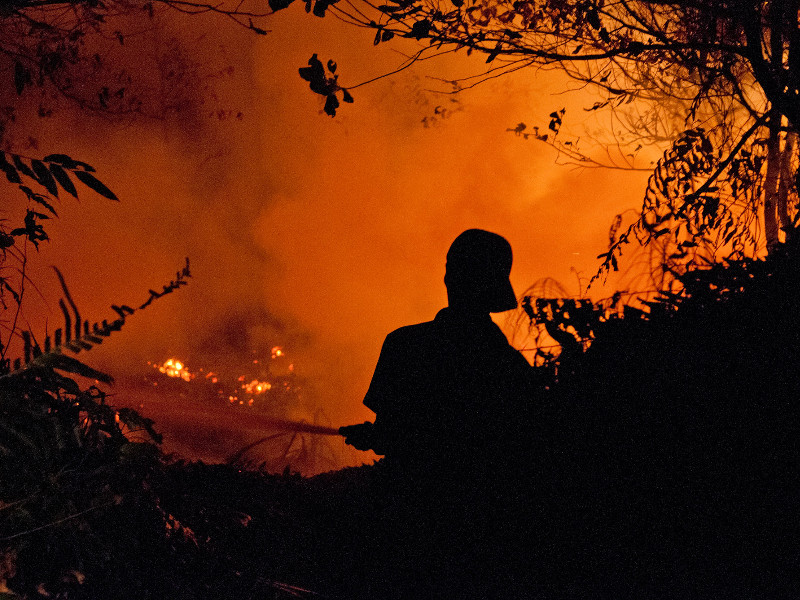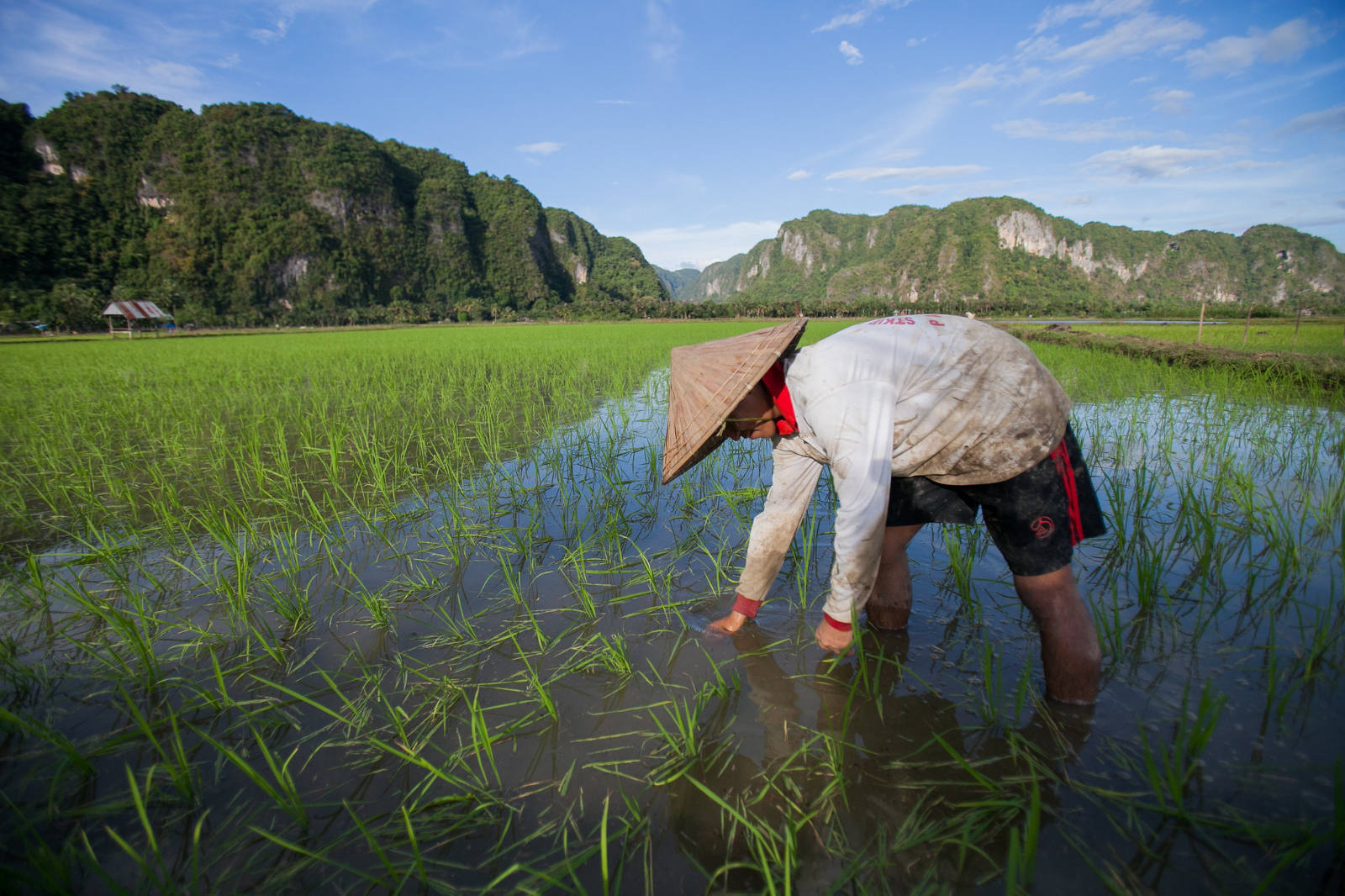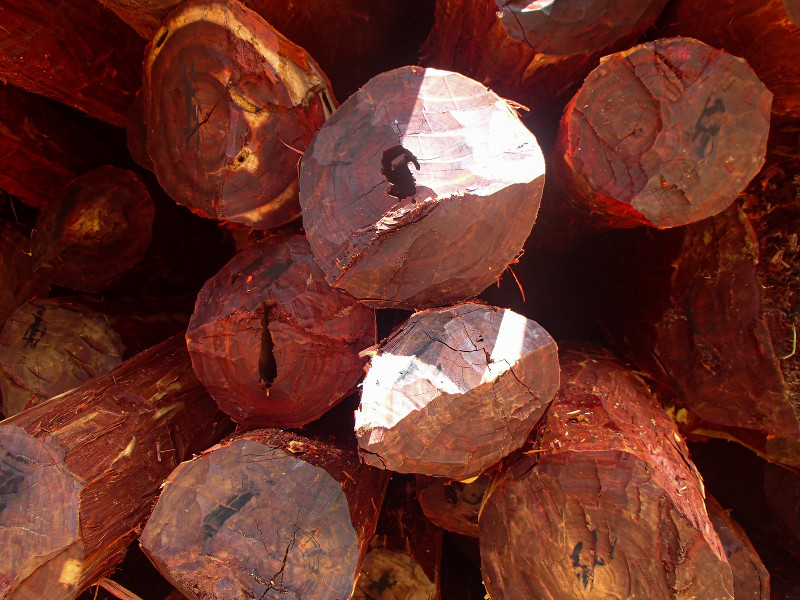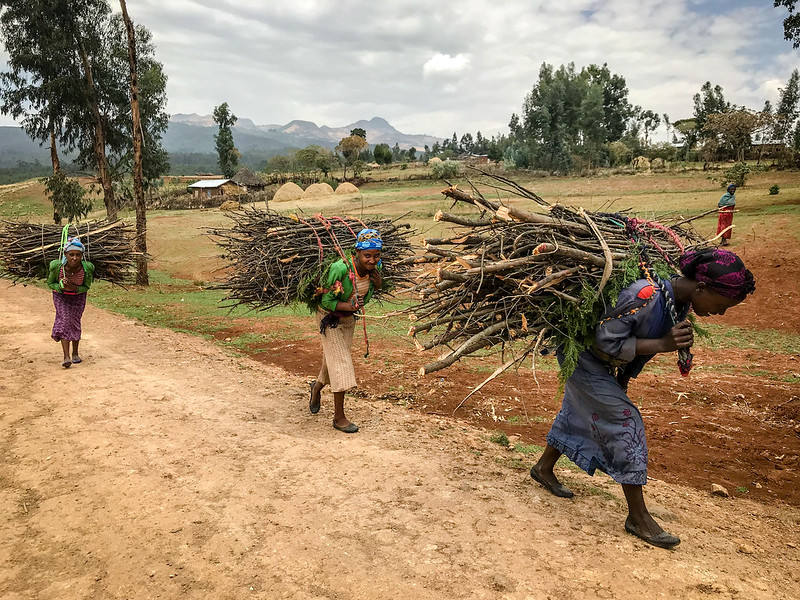Tropical montane forests are fragile ecosystems that provide a wide range of ecosystem services including hydrological services, biodiversity protection and storing carbon in the above and belowground and soils contributing to climate change mitigation. The world’s tropical montane forests are increasingly exposed to degradation and their recovery after disturbance has not been adequately quantified. Here, using information from 47 plots in three blocks of the Mau Forest Complex of Kenya, we assessed the changes in aboveground biomass (AGB), tree species diversity, soil carbon and nitrogen stocks following forest clearance. AGB recovered at an annual rate of 6.42 Mg ha−1 yr−1 in the first 20 years, the rate then slowed down to 4.46–4.67 Mg ha−1 yr−1 at around 25–30 years. Around 25 years after disturbance, AGB in recovering forests was 70 % (198.32 ± 78.11 Mg ha−1) of the AGB in the old secondary forest (OSF) (282.86 ± 71.64 Mg ha−1) and was statistically indistinguishable. Stem density, species diversity and richness indices did not show significant differences across recovery classes. There was no significant difference in soil carbon and nitrogen stocks across classes with the soil carbon (184.1 ± 41 Mg ha−1) of the young secondary forest (
DOI:
https://doi.org/10.1016/j.foreco.2023.121569
Dimensions Citation Count:

Publication year
2023
Authors
Ojoatre, S.; Barlow, J.; Jacobs, S.R.; Rufino, M.C.
Language
English
Keywords
aboveground biomass, carbon sinks, mountain areas, secondary forests, tropical forests, soil organic carbon, biodiversity
Geographic
Kenya











